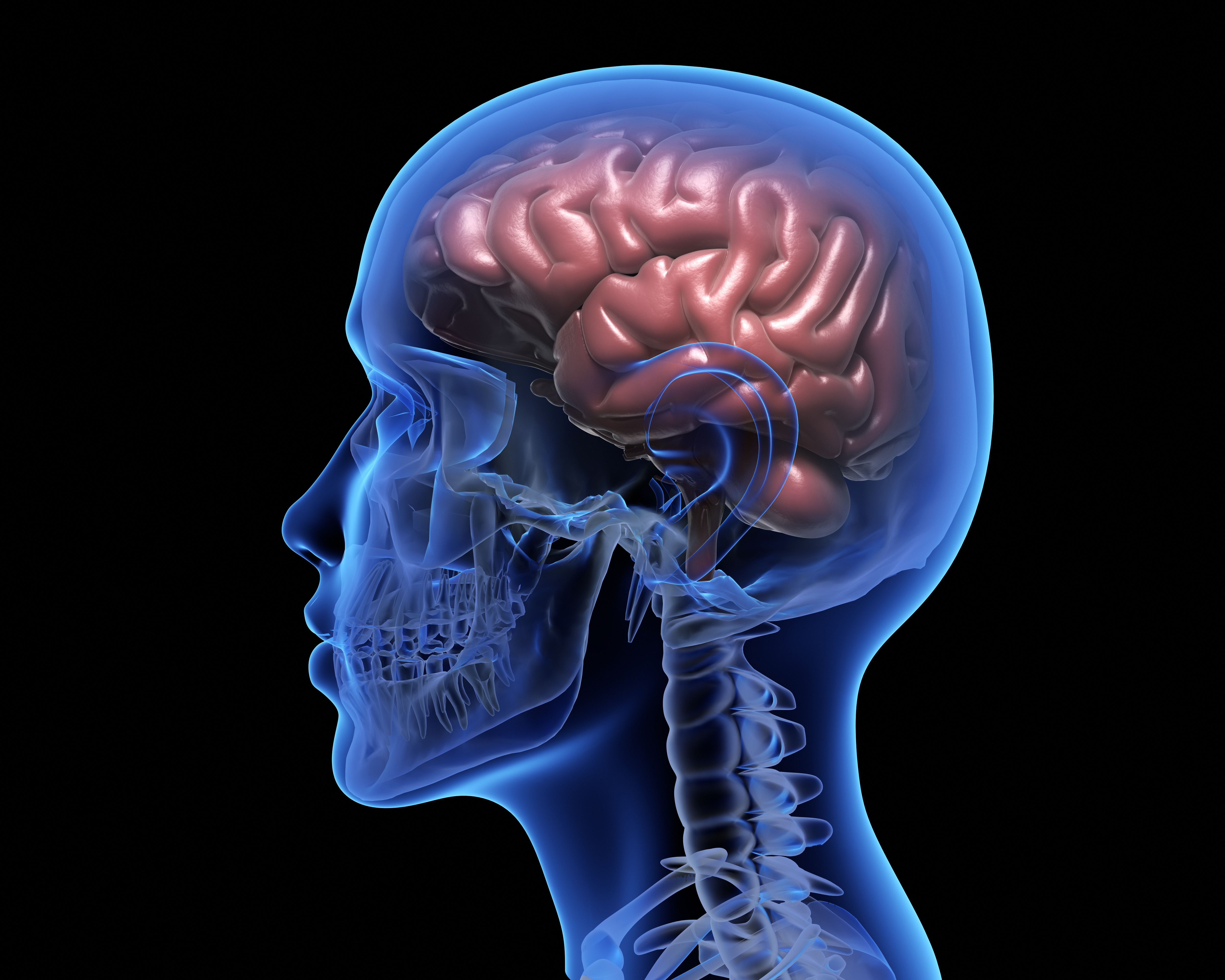
Implant for identifying sites of seizure onset in the brain
Unmet Need
In the United States, epilepsy affects 2.2 million people with 150,000 new cases each year. Between 14.6% and 36.3% of people who suffer from epilepsy have forms of epilepsy that are not controllable by medication or becomes resistant to medication. Unfortunately, it is still unclear about what causes resistance to medication or the development of resistance. As an alternative form of treatment, these individuals could benefit from diagnostic and therapeutic surgery. For therapeutic surgery, the seizure onset zone is resected to stop future seizures. Precise identification of the seizure onset zone with implantable device monitoring is critical for ensuring a positive surgical outcome. Yet, with current surgical methods, only 50% of surgical patients are completely seizure free, with the remaining still suffering from seizures. Treatment failure can be due to missing the location of the seizure onset zone. There is a need for a more precise monitoring implant to ensure proper identification of the seizure onset zone.
Technology
Duke inventors have developed an implantable device for monitoring brain activity to identify sites of seizure onsets. This is intended to be used by epilepsy monitoring units in hospitals to identify the areas of the brain that cause seizures for subsequent surgery to prevent more seizures from occurring. Specifically, they have developed a low-cost, microscale electrode device that is a hybrid system utilizing macro- and microelectrodes. This allows for up to 25x the spatial resolution of currently marketed devices. The electrodes are coated to provide low impedance and high signal acquisition and the device is coated in silicone to maximize biocompatibility. This has been demonstrated with prototypes in both preclinical models as well as the clinical setting. Safe data acquisition was successful in both cases, with differential recognition of auditory responses across the electrode array in the clinical setting. Identification of regions involved with speech and language function is required to minimize operative morbidity.
Advantages
- Higher resolution than currently marketed devices.
- Improved detection rates for identifying zones of seizure onset.
- Able to interface with current data acquisition systems for high fidelity signal processing.
- Positioned to be adaptable for next generation data acquisition systems.
- Silicone coating improves safety and biocompatibility.